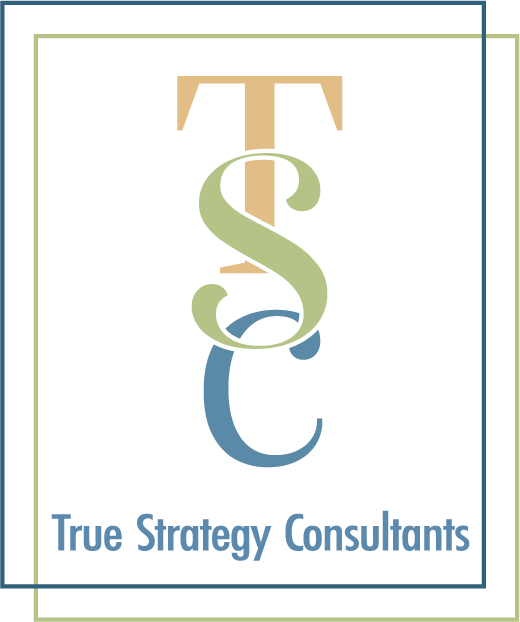Let’s talk about one of my favorite topics, auto enrollment. Auto enrollment has been around since 1998 (Revenue Ruling 98-30) but has only been widely used since the Pension Protection Act of 2006. Secure 2.0 made it so that plans adopted after 12/29/2022 will be required to automatically enroll eligible participants at a default rate of 3%, which participants can opt out of. This will be effective after 12/31/2024.
I am not going to cover every aspect of auto enrollment but some of the considerations that plan sponsors should think about and consider. I for one think auto enrollment is a great addition to qualified retirement plans and used it in my plan for many years. According to a Pew study, plans that have auto enrollment have participation rates greater than exceed 90% compared with rates in the 50% range if employees have to opt in.
One of the frequent pushbacks that I got when I talked with plan sponsors about auto enrollment was that they didn’t want to “make the decision” or “force the employee” to participate in the plan. But why would they feel that way if they know that a 401(k) plan is the 2nd most wanted benefit for employees (after health insurance)? Over 40% of participants have said that automatic features helped them to start saving for retirement earlier than if they had to enroll on their own. They have also said that they feel good about the retirement plan doing some of the work for them.
Under Secure 2.0 employees who started plans after 12/29/2022 must use the Eligible Automatic Contribution Arrangement and some of the items to note are:
- Default deferral rate between 3% and 10%, with auto escalation of 1% annually up to a rate between 10% and 15%
- 90-day withdrawal feature is required
- Must provide adequate notice and information about the plan
One other thing that plan sponsors should make sure is that payroll and human resource capabilities are correctly set up and that everyone is aware of the “rules” relating to auto enrollment so that participants are enrolled correctly and timely. Errors relating to auto enrollment are one of the most common but still take time, effort and often money to correct.
A few other things that plan sponsors should be aware of is that the employer’s expenses may increase if they offer a match because of the increase in the number of employees who are eligible to receive a match or employer’s may reduce the match when they add auto enrollment. They may also want to use a deferral rate that is slightly more aggressive (such as a rate between 10 and 15%) because otherwise the automatic deferral rate might be too low to make an impact and the savings may be insufficient for retirement. Remember that employees can always opt out or opt in to a lesser deferral amount.
One last thought is that according to research, employers offering automated plan features see a positive impact on overall plan success, with employees starting to save for retirement at an earlier age (80%), automated features increasing employee savings rates (65%), and plan assets growing faster (47%). And read next week’s article about the tax credits available for adding auto enrollment!







